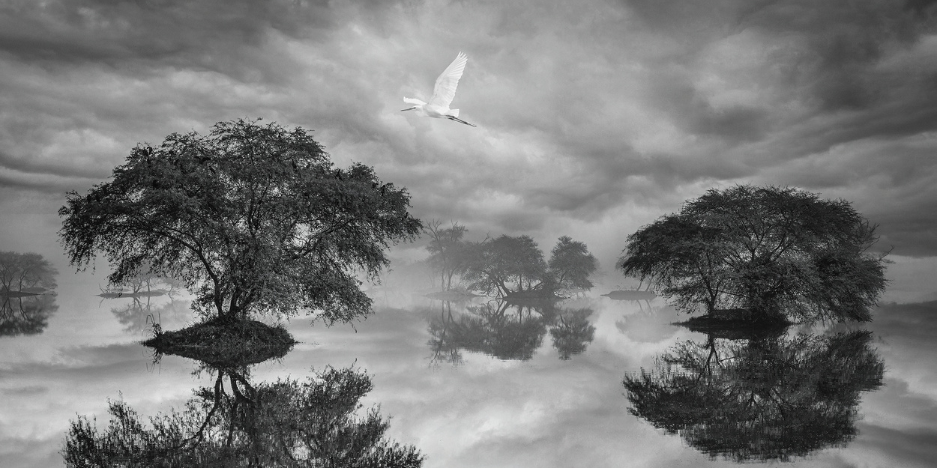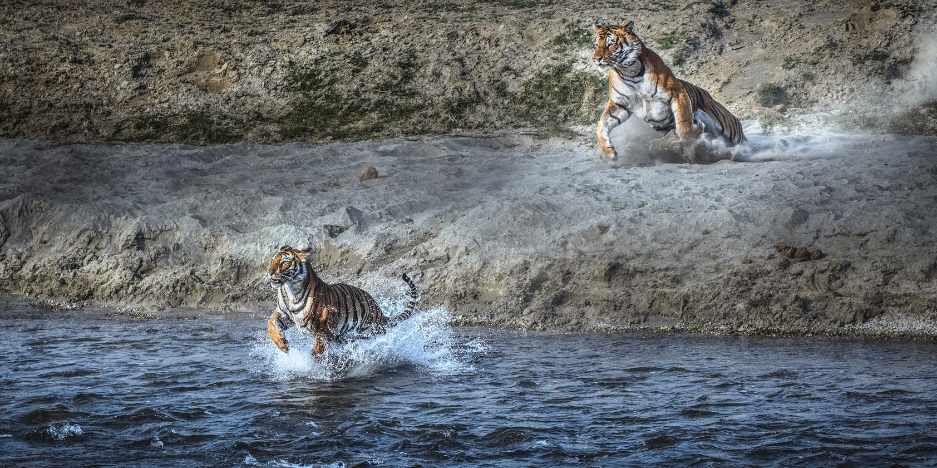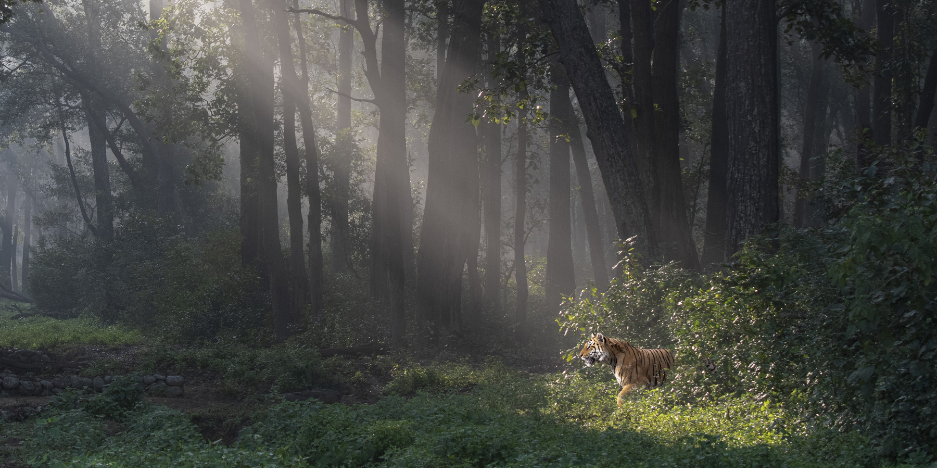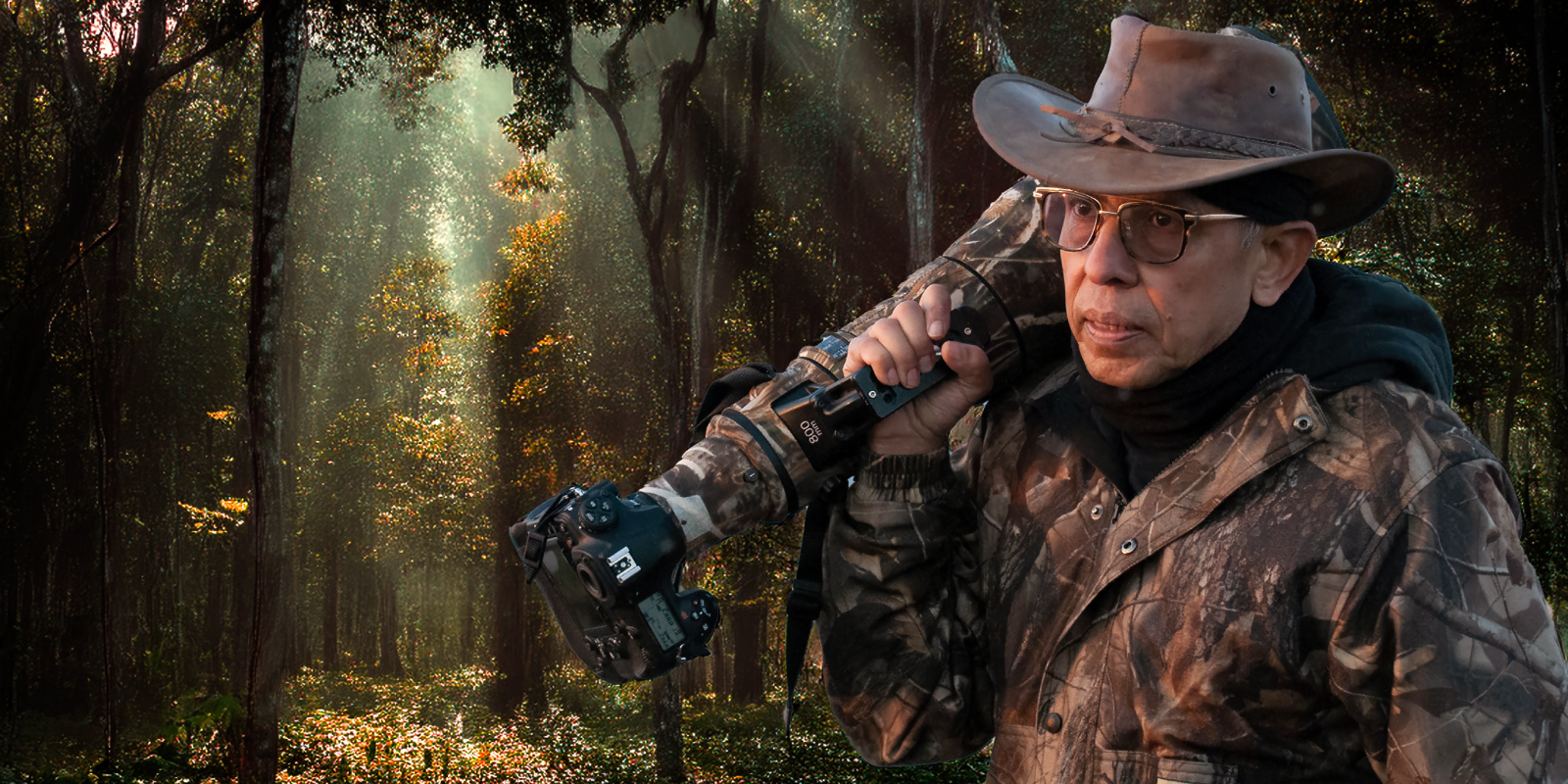
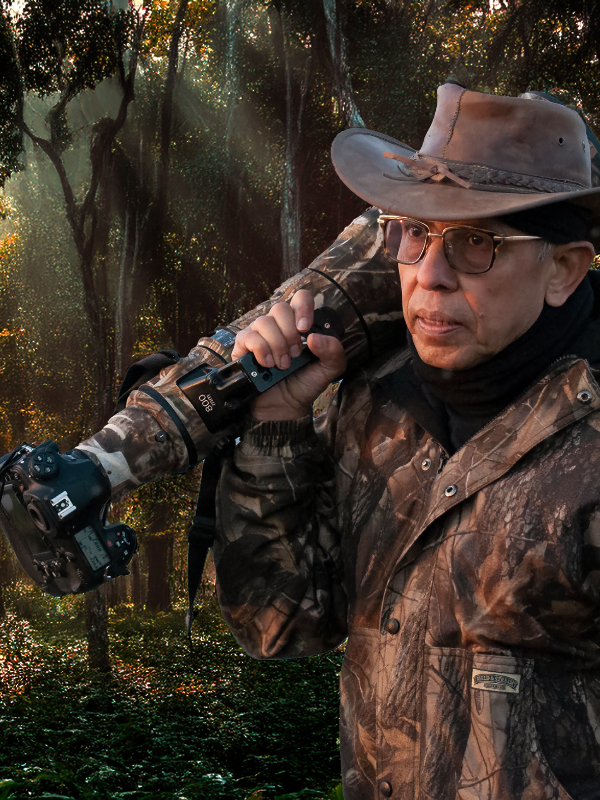
11 Oct, 2024
Drawing upon his innate instincts as an artist, Akash has changed the way wildlife is photographed and presented. He is a dedicated environmentalist, and his body of work strongly reflects that – the creatures of the wild are always a part of a larger story in his pictures. Over time, some of his pictures have become icons of Art- wildlife photography, published in International magazines, National Geographic, WWF journals, Time magazine etc., the globally admired Incredible India campaigns and many other celebrated publications.
Akash is now the brand ambassador of NIKON. He is also an active member of NIKON PROFESSIONAL SERVICES, and the first Member of SANDISK Extreme Pro Team Worldwide, as well as SANDISK’s and Western Digital brand ambassador.
He is perhaps the only photographer in India, who has mastered Fashion, People and Fine art- Wildlife Photography simultaneously.
He is popularly acknowledged as the pioneer of Art Wildlife Photography. He has over 100 prestigious advertising and photography awards under his belt. Among them, the honor of being one of the ’10 most influential people in photography industry’ adjudged by Ernst & Young for Asian Photography in February 2013.
He is the only photographer whose black and white exhibition titled ‘In Search of Asian Nudes’ featured in Limca Book of World Records as the first of its kind theme- based display in the world. Till now, Akash has done twelve solo exhibitions all over the world including in Paris, Miami, Hamburg, Monte Video and in India.
As far as Prestigious Coffee table books are concerned, he already has seven of them published on various subjects.
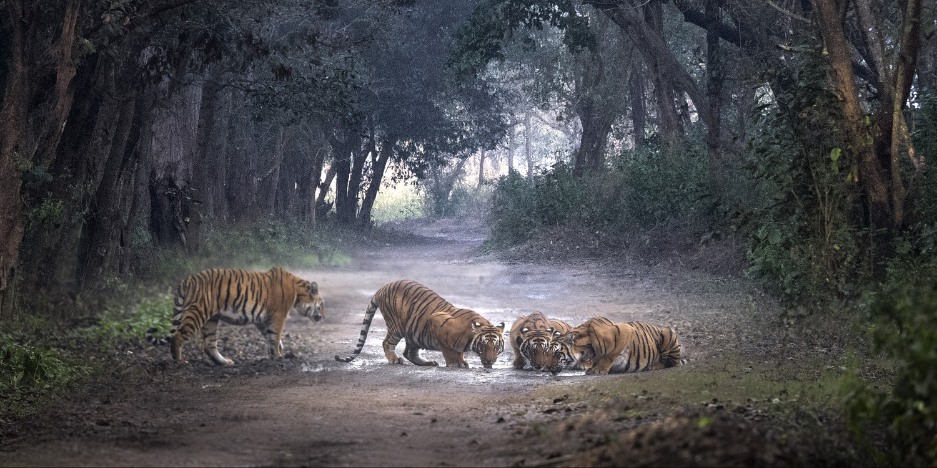
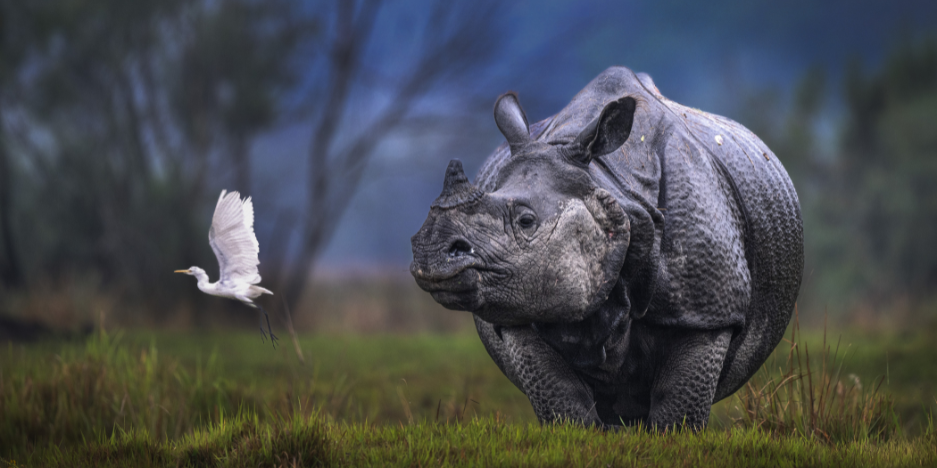
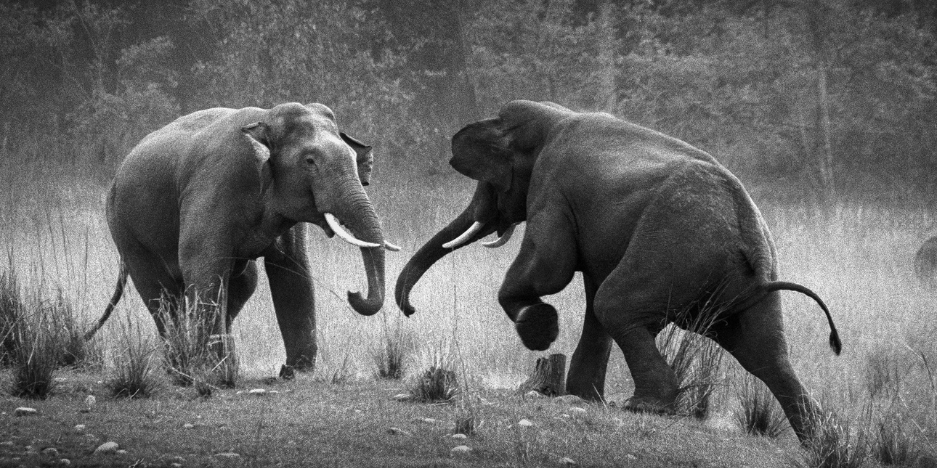
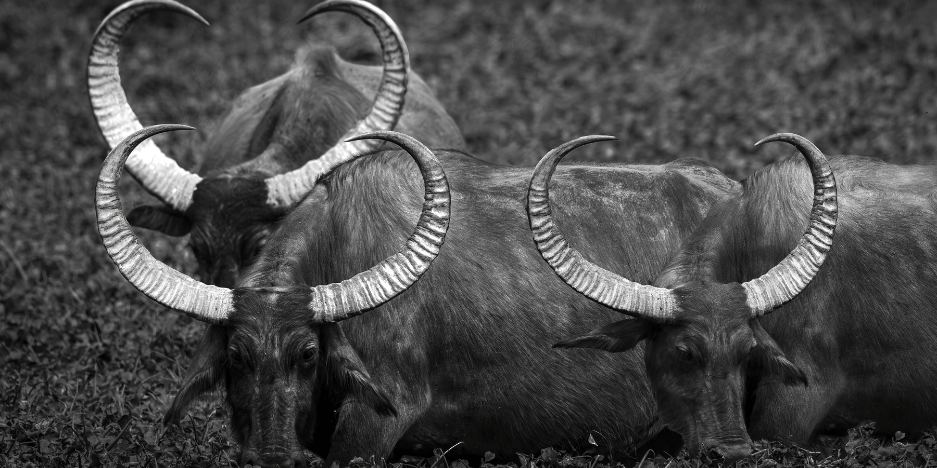
In Vogue Life’s editorial advisor, Subhamoy Das, sat down with Akashendu Das in his Gurugram studio and charted the legendary photographer’s fascinating journey through art and spirituality to fame and success.
Q. Akash Da, Tell us about your early years and how you discovered your creative side.
A. As a child growing up in Sarojini Nagar, Delhi in the late 1960s and early 70s, I was a bit different. I was into Hatha Yoga and other yogic practices, which was unusual for kids my age. I was also good at drawing, but not very good at studies because I’m dyslexic. I couldn’t remember poetry, formulas, or spellings, but I could work well with concepts.
I went to Vinay Nagar Bengali Higher Secondary School. My papers were usually full of red marks mainly due to spelling errors, but I was otherwise conceptually sound. But one English teacher, who came from Oxford, gave me the highest marks. She recognized my imagination and encouraged me to use it more.
Q. How did you end up pursuing arts when most people were pushing for science or commerce?
A. That’s an interesting story. Initially, my mother wanted me to take science, thinking I’d make a good doctor. But when my father, Dr. H.P. Das, Accountant General of Central Revenues, who was also a respected homeopath and horticulturist, insisted I take up arts, recognising my interest in conceptualising ideas and noting that art was a strong subject for me, he encouraged me to pursue it.
He told me, “You can’t become a good doctor because you can’t remember the names of medicines. Have you ever seen me open a book to check what medicine I should prescribe when someone comes with a problem? Your memory of remembering names isn’t sharp enough for that, but you can excel in arts.” Despite pressure from teachers to take science or commerce, my father took me to the principal and insisted that I’d do wonders in arts. That’s how I ended up pursuing my passion.
Q. Tell us about your time at Delhi College of Art.
A. I got into Delhi College of Art, which was quite competitive. They only took 15 students out of thousands of applicants. During my time there, there was a period when the college was closed due to student union agitations. But I never wasted any time. I used to go to Connaught Place or Old Delhi Railway Station, stay there overnight, and do sketches and scribbles. While many of my classmates were partying or watching movies, I concentrated on honing my skills. Some of them even submitted my sketches and scored more than me. As part of my course, I also pursued photography for a year.
Q. After college, you took an unexpected turn towards spirituality. Can you tell us about that?
A. Yes, after graduating, instead of taking up a job, I decided to join the Ramakrishna Mission. It was a rigorous experience. I started from cleaning toilets, then moved on to cleaning floors, cooking for 60 people, looking after people, and even performing aarti and puja. Their training breaks down all your egos and prepares you to be a good human being who will do good for the society. During that period, I immersed myself in various scriptures and other writings, seeking deeper understanding and wisdom.
After about a year or so, I started questioning myself. I felt constrained by the organizational structure and yearned for more freedom in my spiritual pursuit. So, one day, I just left for the Himalayas.
It was a transformative experience that lasted four years, from 1976 to 1980. I travelled to Rishikesh, then to Devprayag, and finally to Nilkanth, where I stayed in caves. I had nothing but a sandal, a dhoti, and a loin cloth. It was a time of intense meditation and self-discovery.
Living there taught me about life in its most stripped-down form. There were times when my only meal was some boiled leaves in a mud bowl. But strangely, I felt very satisfied even with so little. It was a process of negation, learning what not to do, understanding Vedanta, and living without any material benefits.
Q. After your time in the Himalayas, how did you transition into the world of advertising?
A. When I came back, my father advised me to take a few months to relax and reflect before making any decisions about my future. He encouraged me to take time in figuring out what i truly wanted to pursue in life. My brother got me some clothes, but I only wanted one set - one underwear, one pair of jeans, and one shirt. I didn’t want to spend much. I started by going back to Delhi Zoo and other public places with some paper and charcoal, drawing for about a week. Then I decided to look for a job. I went to an agency called ASP in Basant Vihar with my portfolio. Although they liked my work, they were hesitant to hire me because of my time away in the Himalayas.
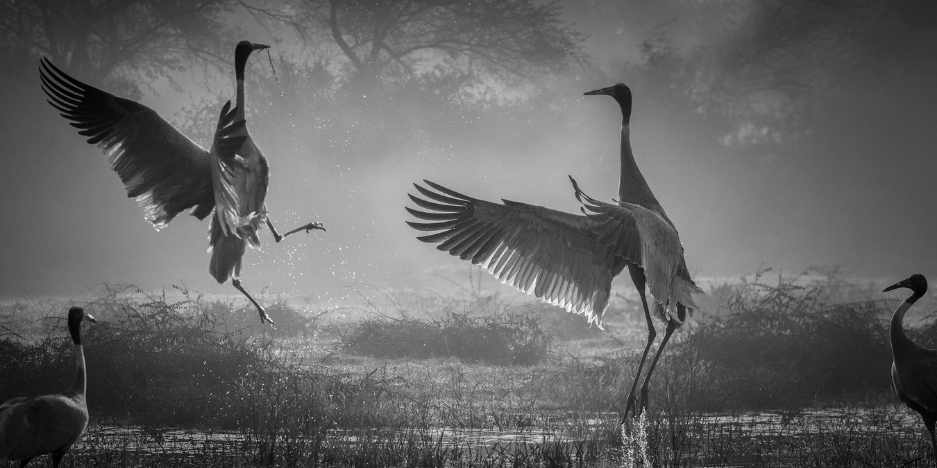
Q. How did your partnership with Prabuddha Dasgupta evolve?
A. Well, I first met Prabuddha at Clarion. Within a couple of months after I joined Everest Saatchi & Saatchi, he too joined the firm. We ended up working together for about 10 years because we struck a very good partnership.
During our time at Everest, we started exploring photography as well. We were always looking for new challenges and didn’t want to be tied down. After about a year and a half at Everest, we proposed the idea of working as consultants. This was a novel concept at the time - the idea of consultancy wasn’t really established in the industry yet.
Q. You’ve worked on some iconic brand campaigns. Could you tell us about some of the most memorable ones?
A. Certainly! I’ve been fortunate to work on several campaigns that have left a lasting impact. One of my earliest breaks was the Gaylord’s ice cream campaign. I was just a week into my job at Impressions when I was tasked with creating a full-page advertisement for Gaylord’s launch. I remember creating an illustration that featured the Eiffel Tower and people enjoying ice cream around the world. It was my first major project, and it ended up being a full-page ad in the newspapers. But perhaps one of my most recognizable works is the Maggi 2-minute noodles packaging. The iconic yellow and red design that you see today? That was my idea, my colour scheme, everything. I did it all with my own hands. It’s incredibly fulfilling to see how that design has become so deeply associated with the brand over the years.
I also worked on Nestle Coffee when they were launching their first film campaign. Despite having no prior experience with film, I immersed myself in the project, working tirelessly - sometimes for 72 hours straight without going home – to bring the vision to life.
Another significant project was the Maruti launch in Delhi where we worked with Rediff. Being responsible for all the advertising work for such a major automotive brand entering the Indian market was a huge responsibility, but also an exciting challenge.
These campaigns, among others, really pushed me creatively and helped establish my reputation in the industry. Each one presented unique challenges and opportunities, and I’m proud of the lasting impact they’ve had on these brands’ identities.
Q. Tell us about setting up your own agency, Ushakkal. How did that come about?
A. Around 2002, Prabuddha decided to move to Mumbai to focus on his photography career. I stayed back in Delhi and carried on my creative work and photography while consulting with several creative agencies. Then, one day, Raj and Savita Hiremath, the producers of the cult film Khosla Ka Ghosla urged me to establish my own advertising agency. Thus was born Ushakkal. I was one of the three directors, and we quickly made a name for ourselves in the industry.
Ushakkal became known for its innovative, photography-based campaigns. We worked with various clients, including many fashion brands. Our approach was unique I insisted on doing things my way, often pushing clients out of their comfort zones. This bold strategy paid off. We started winning numerous awards at industry ceremonies. In fact, there was a time when Ushakkal would consistently win the most number of awards at these events. It was quite an achievement for such a young agency! Our campaigns were everywhere. We created great visibility for brand like Diwan Sahib, Givo, OCM, Mohanlal & Sons, the famous Digjam campaign with Shekhar Kapoor, which I created. I remember having four to six double-spread ads in every magazine. We were creating visually striking, impactful work that stood out in the industry.
The success of Ushakkal allowed me to continue pursuing my passion for photography while also pushing the boundaries in advertising. It was a period of great creative freedom and recognition, which ultimately contributed to my growth as both an advertising professional and a photographer. In about a decades’ time, I had bagged more than 100 prestigious awards for Ushakkal, Mudra, Enterprise, Rediffusion, and Everest.
Q. How did you transition into wildlife photography?
A. It started with a UP Tourism project where I designed some award-winning posters. This led to a more ambitious project - a coffee table book for UP Tourism. During this project, I first passed by Corbett National Park. After the book was completed, I returned to Corbett with my family. That visit, with just two lenses and some film, sparked my passion for wildlife photography. The challenge of capturing the raw beauty and power of nature really resonated with me.
Q What is your advice for budding photographers?
A. Always remember that practice makes perfect, and you must keep learning every day. In today’s day and time, everyone has a phone camera. If you’re really interested in photography, start clicking with your phone. And while clicking, you need to think, “How can I be different? How can I put my signature in it?” Signature doesn’t come in a day. But when I am telling a story through my pictures, it should tell my personal story. For instance, everybody loves sunset. What can you add to it to make your picture your own? Too many photographers are trying to shoot the same thing in the same way. How is your picture different from mine? Can I create a picture which is different? Can I create something different. So, you need to think creatively – always!
